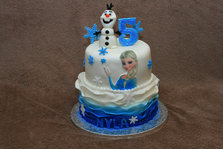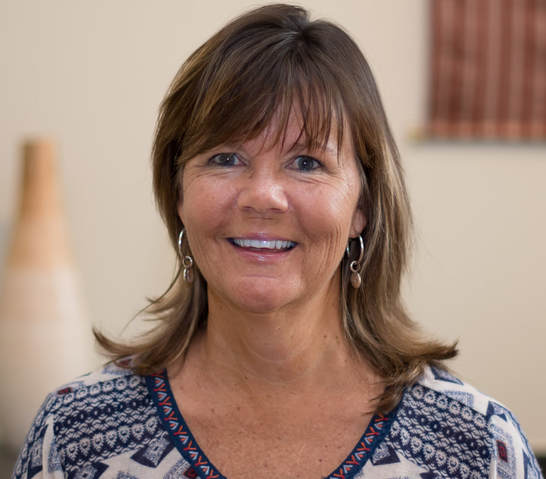 Educators all over the country often lament “I have no problem with teachers being observed and growing from that observation but some of the evaluation practices are just plain crazy.” I would agree. Take, for example, the practice of an observer collecting evidence in a teacher’s classroom then not sharing feedback with the teacher before going in to observe again! Not only does this practice not make good sense (after all, how can the teacher be expected to grow in practice if we are not sharing evidence of the need to grow?) but it also sets up a detrimental lack of trust in the observer and the entire process. We need to take a lesson from “Frozen” and simply let some of those practices go. Traditional evaluations might have taken the form of: administrator evaluates teacher, administrator fills out form, teacher signs form, we all go about our business. But we need to “let it go”. It’s time for a lesson from “Aladdin”. If we want evaluations to look more like a true collaborative observation process, we need to establish “a whole new world”. If traditional systems looked like evaluations being done to the teacher, the new world should be about collaboration and recognizing that the teacher often has more knowledge about the lesson than does the observer. However, what a gift it can be to have someone collect evidence on practice in order to make some shifts and adjustments for the greater good. As a consultant who often co-trains with fellow colleagues, this is a luxury if it is done well. After a lesson, we can debrief with questions like: How did the grouping work? What might be some possible ways to encourage whole-group sharing of answers in a group of 100+ participants? As long as we recognize that both parties have contribution to the process, this whole new world can be a real win-win. While “Brother Bear” might not be as well-known as some other Disney movies, one of the songs “Welcome” hits the spot when it comes to collaboration in a new evaluation system. The lyrics say: There’s nothing complicated about the way we live. We're all here for each other, happy to give All we have we share And, all of us, we care. It’s time we put some practices in place that encourage this collaborative belief. Let’s work toward the common good of helping teachers (and administrators, for that matter) grow in our practice, we all win. What does it take? Give and share ideas for improving student engagement, listen to each other’s good news about improved respect and rapport in the classroom and the hits will just keep coming. We can make this reality, not just an animated dream world if we make it a priority. Shelly
0 Comments
Leave a Reply. |
Shelly ArnesonCategories |


 RSS Feed
RSS Feed